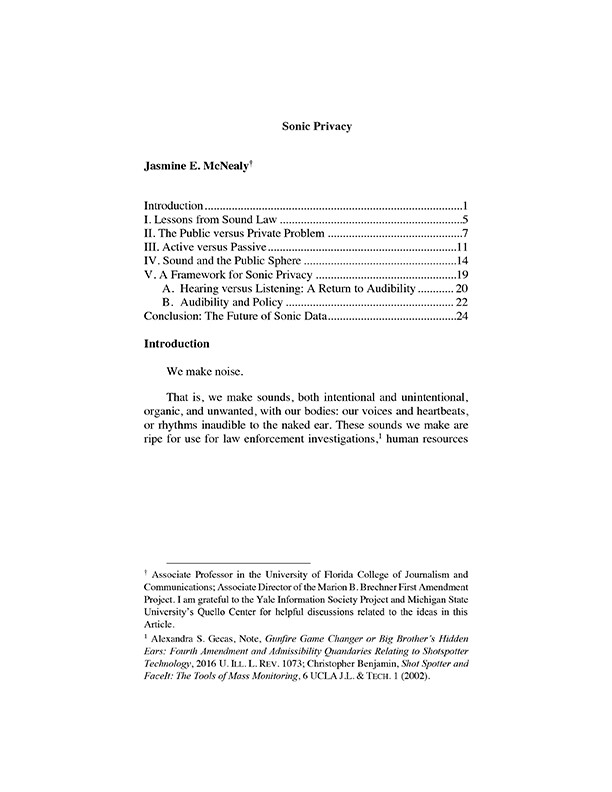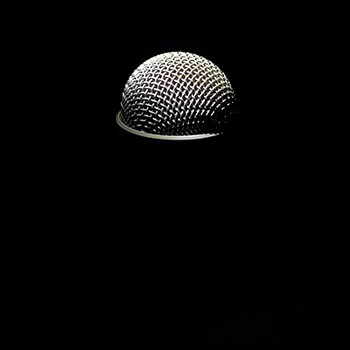By Jasmine E. McNealy
Advances in data collection and processing have facilitated ultra- and infra-sonic machine-listening and learning. This requires the recognition of sonic privacy, protection for our “sonic data:” those representations or observations that define the characteristics of sound and its cognitive and emotive forces. This right would protect (non)participation in the public sphere.


